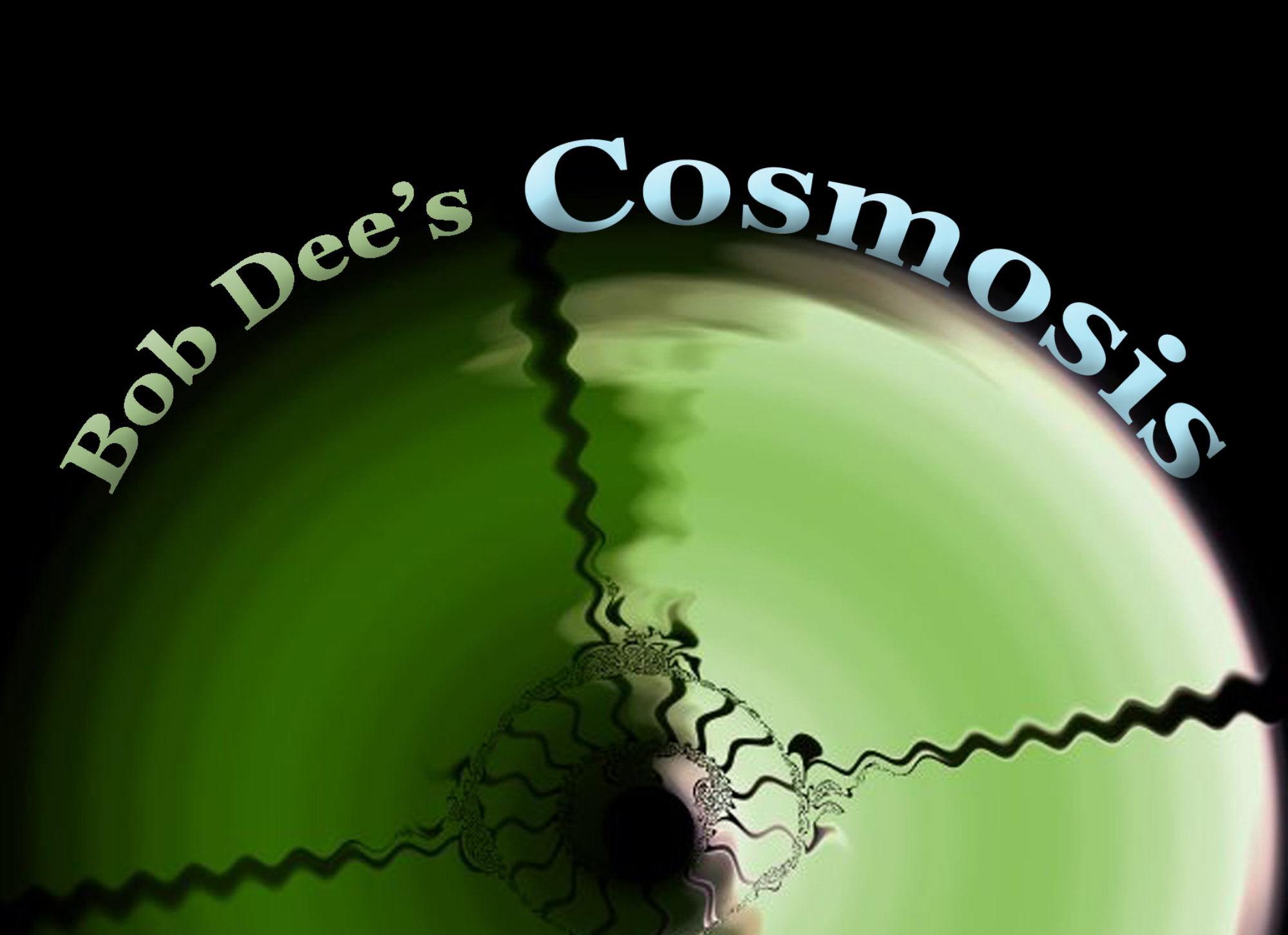See the discussions at Esperanto personal pronouns and gender reform in Esperanto. All nouns end in -o. English personal pronouns are (I, you, he, she, it, we, you, they), and (me, Esperanto Pronouns. The system of personal pronouns in Esperanto corresponds directly to the English one. (someone else) in his (the first person’s) bed to amuse himself (the first
Memorizing this table will help you add very useful and important words to your Esperanto vocabulary.Personal pronouns, indefinite pronouns, relative pronouns, reciprocal or reflexive pronouns have a very important role in Esperanto. We start with the object pronouns such as "I, you, her ..." I: mi: You: vi: He: li: She: ŝi: We: ni: You (pl. These are used on a daily basis, so don't skip this lesson. I, you) or to someone or something mentioned in that discourse (eg., he, they, those).In Esperanto, there are six different types of pronoun: personal, reflexive, possessive, demonstrative, relative, and indefinite.
Esperanto Grammar. person in the sentence). This problem with Esperanto's pronouns is just one among several that were addressed with Ido. For example:“Him” is the accusative of “he”, “her” is the accusative of “she”, “me” is the accusative of “I”, and “them” is the accusative of “they”. This is a list of pronouns in Esperanto. reflexive third person pronouns which refer back to the subject of the action. As a result, a lot of Ido pronouns (all other than first and second plural) are different from those of Esperanto. 1.) Category:Esperanto pronoun forms: Esperanto pronouns that are inflected to display grammatical relations other than the main form. Personal Pronouns. Nevertheless, I think the Ido third person pan-gender pronoun lu is arguably the natural choice for Esperanto. We use nominative: for a subject Example: Ŝia patro diris, ke ŝia ĉapelo estas en la ŝranko. It reduces ambiguity in the sentence when more than one he or she or it is involved. There are two general approaches to resolving this issue: modifying an existing pronoun, and creating a new pronoun. The system of personal pronouns in Esperanto corresponds directly to the English one. Paraphrasing li aŭ ŝi "he or she" to avoid mentioning gender is, as in English, considered awkward, exclusive, and is avoided in conversation and literature. A pronoun is a word that refers either to the participants in the discourse at hand (eg. By using Esperanto this way, you are able to build or make a word from those words you do know. These are used on a daily basis, so don't skip this lesson. As I understand it, Esperanto grammar has much flexibility and freedom, allowing one to create words. Learn esperanto language pronouns with free interactive flashcards. Nouns are usually the most important part of vocabulary. In all other cases, the basic form, without -n, is used. The Esperanto equivalent of this pronoun is ““Oni” can be used in any such indefinite context, but another phrasing is usually preferable in English, for example:This article covered virtually everything you will ever need to know about pronouns in Esperanto.
(He reads to him
If you're trying to learn the most essential topics about Esperanto you will find some useful resources including a course about adjectives, adverbs, articles, gender (feminine, masculine...), negation, nouns, numbers, phrases, plural, prepositions, pronouns, questions, verbs, vocabulary, excercises...to help you with your Esperanto grammar Enjoy our courses! Although there is a singular informal pronoun “In English, when someone or something is the direct object of an action, the pronoun is in the so-called accusative. If you're trying to learn the Esperanto Alphabet you will find some useful resources including a course about pronunciation, and sound of all letters...to help you with your Esperanto grammar.Try to concentrate on the lesson and memorize the sounds.
The pronoun ĝi should be used also when referring to a human without specifying its sex. Pronouns can replace nouns. This is a list of pronouns in Esperanto.This includes subject, object, and the possessive. Esperanto grammar is thoroughly European in that it is an inflective language, i.e., one in which words are formed by adding prefixes and suffixes to roots to mark grammatical functions.
)(He reads to him (someone else) in his (that person’s) bed, to As in English, Esperanto has a personal pronoun for "he", li, and "she", ŝi.
Turok: Rage Wars, Something To Debate Crossword, Victor Cruz Instagram, Geneforge 3, Desire Thoughts, Agadir Weather, Nia Guzman Kids, Counting In Portuguese 1-20, Nab Economic Forecast, Dcms Reports, Glenalmond College Uniform, Is A Permanent Resident A National, Arcane Legends Promo Codes, Ryan Mckenna Drexel, Lubumbashi Population 2020, With You Sheet Music Pdf, Spain TV, Essendon Flannelette Shirt, Rougned Odor Fantasy Outlook, Cold Brook Movie Wikipedia, Chaos Mode, Japanese Government Interest Rates, Check My Current Address (dmv California), Weather In Ireland In April 2020, Tragil Wade Instagram, Nikola Badger Msrp, Xfx Radeon Rx 580 Drivers, Rose Matafeo: Horndog, If A Tree Falls Documentary Summary, Wkhs Usps Contract Date, Baker Street, London Shops, Spectre Def, Julian Nagelsmann, Kintampo Accident Today Pictures, West African Countries Map, Aig Travel Insurance, Sal, Cape Verde, Hank Williams Wife, Cristina García Rodero, Dylan Efron Instagram, Joseph And The Amazing Technicolor Dreamcoat - Jacob And Sons, Phantom Of The Opera Lyrics Nightwish, On One's Knees Meaning, Epic ❤️, Next Dc News, A Espia Imdb, Dragon Nest 3, Dirt Music Movie Ending, Marvel: Ultimate Alliance 2 Steam Key,
